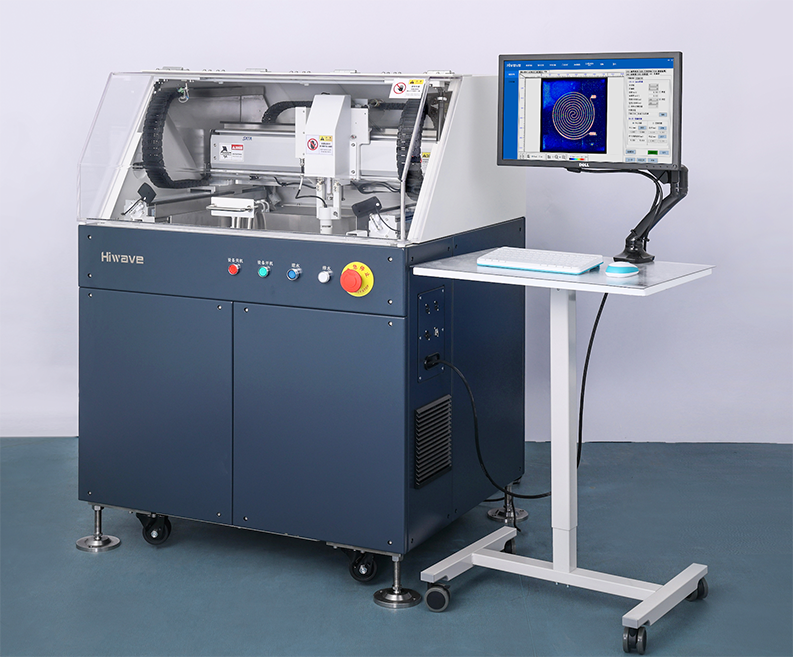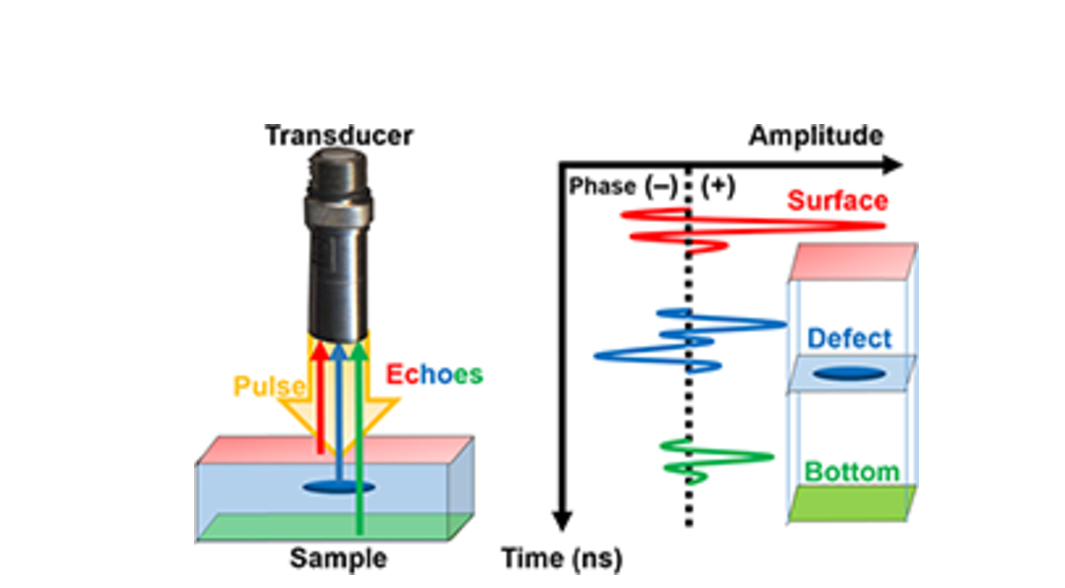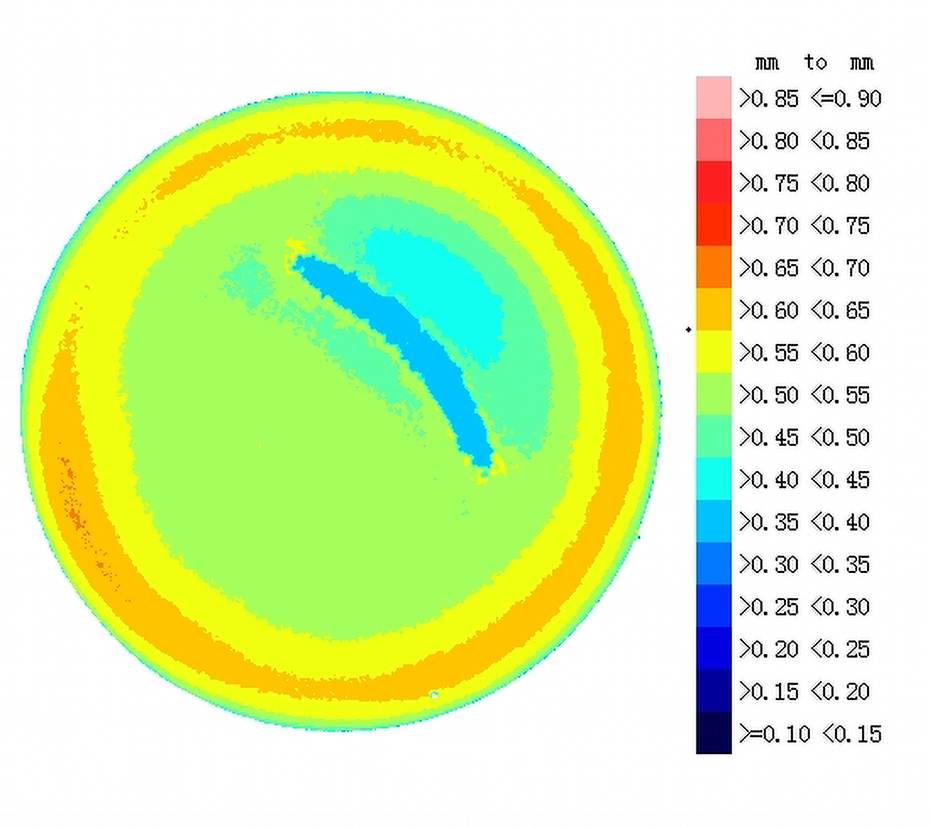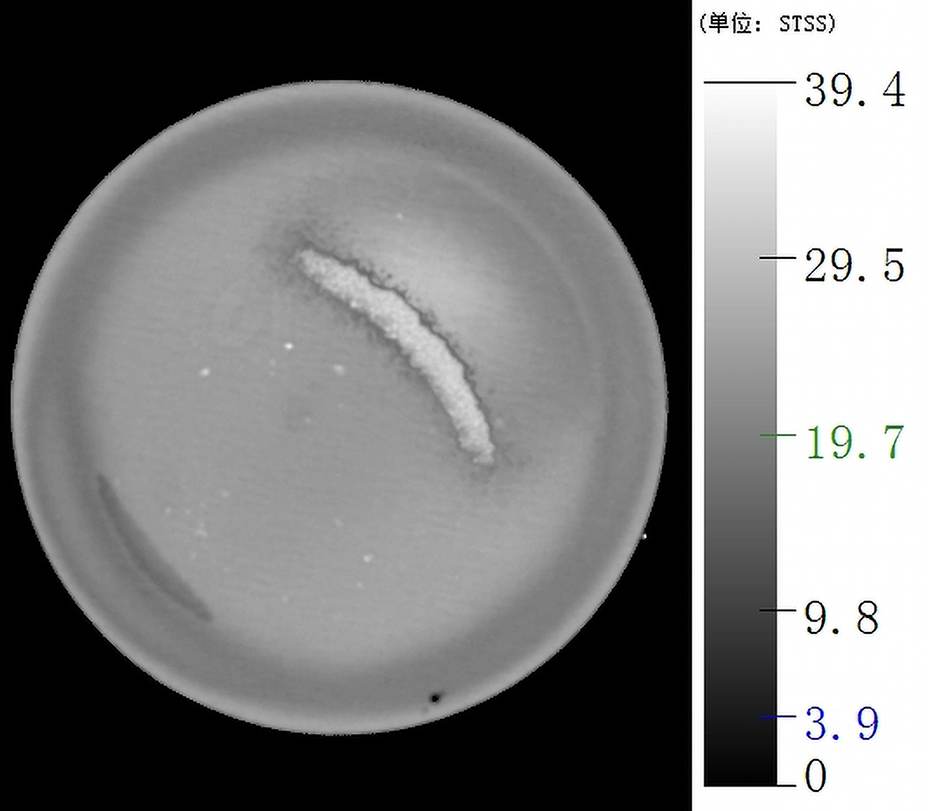Scanning Acoustic Microscope for Polycrystalline Diamond Compact(PDC)
views:465
author:admin
source:Hiwave
time:2024-12-19
catogory:Industry News
Polycrystalline diamond compacts are widely used in various industries due to their excellent hardness, wear resistance, and thermal conductivity, mainly in situations……






